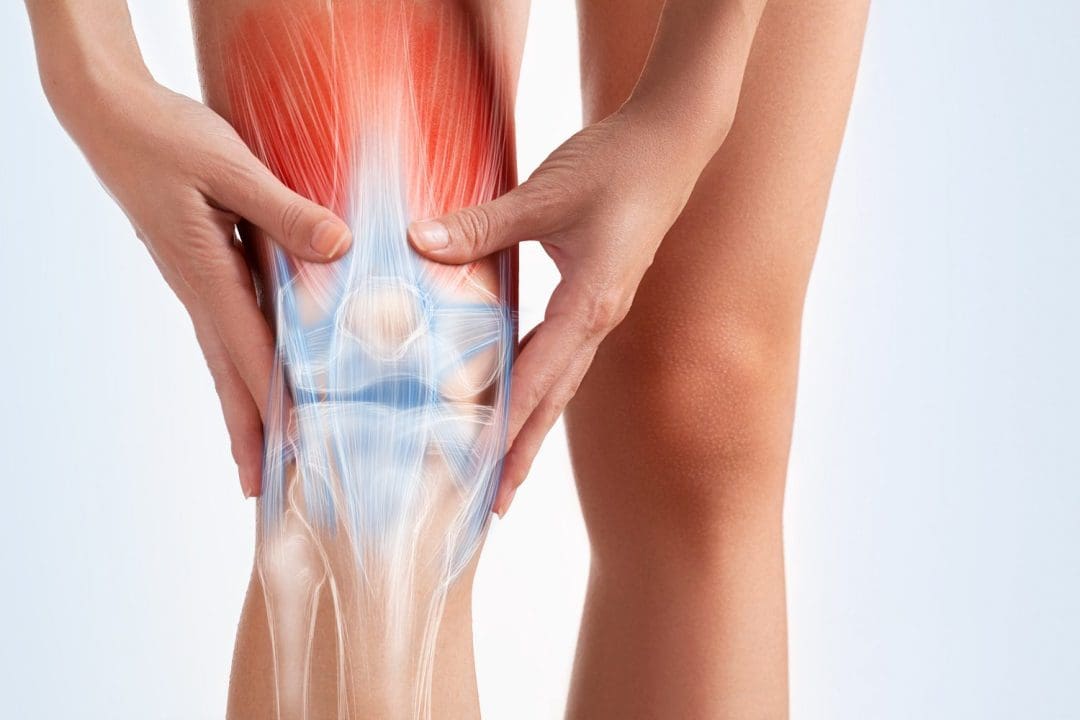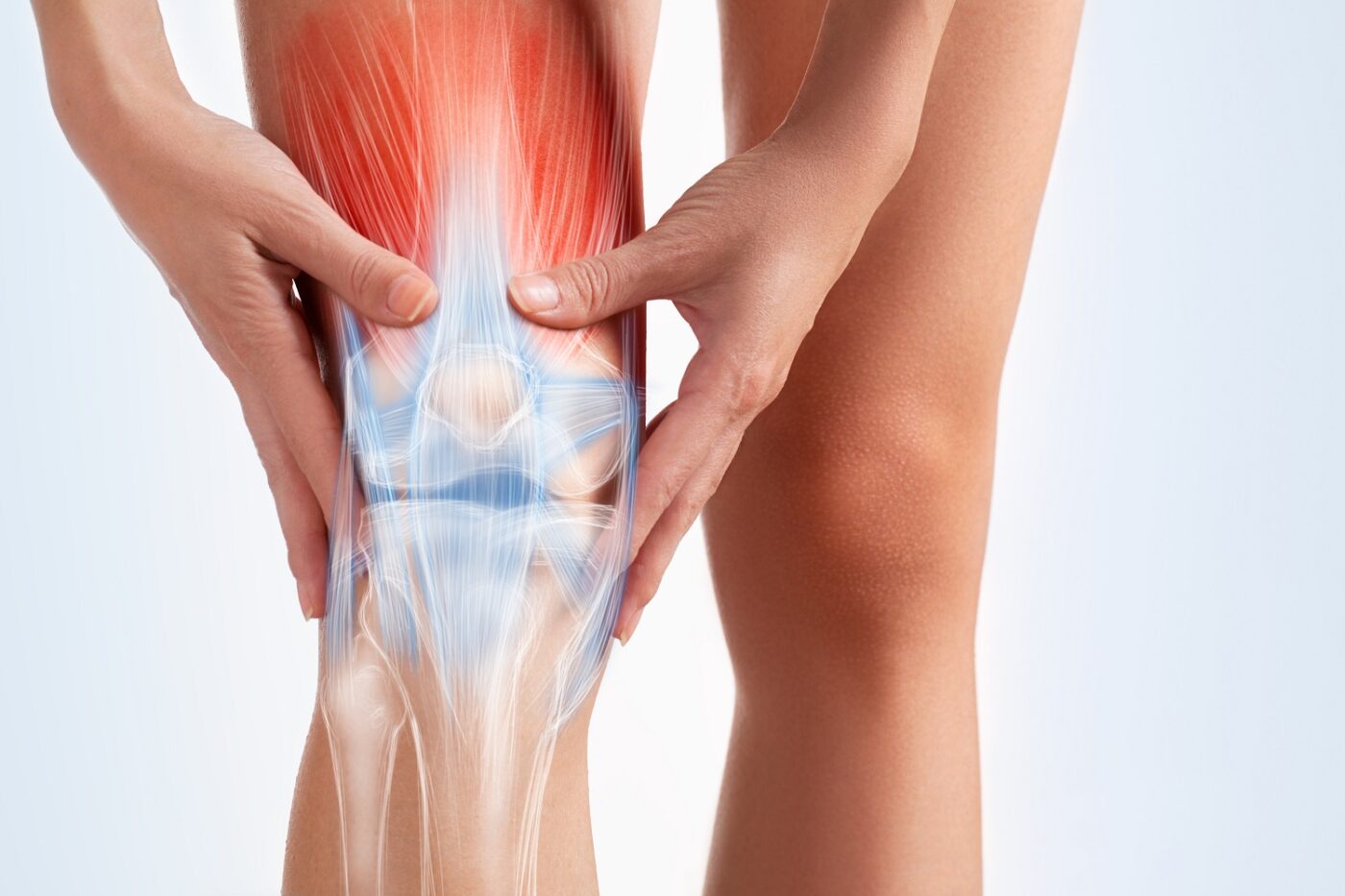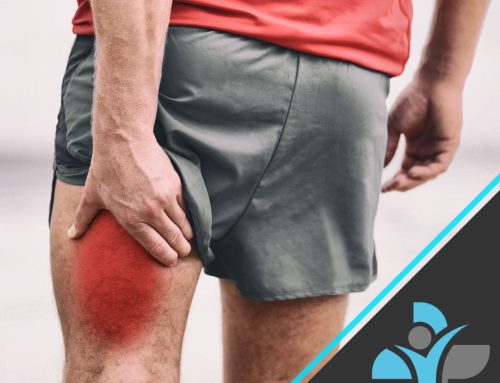
Overview
A meniscus tear results in a tear of the crescent-shaped cartilage in the knee which has the function of absorbing shock and aiding movement in the knee joint. The injury is caused either by an excessive force applied to a ‘normal’ meniscus or a normal force acting on a degenerative meniscus. The most common mechanism of injury is a twisting injury on a semi-flexed limb through a weight bearing knee. It may also be associated with other ligament related injuries of the knee, most likely being the ACL and the MCL. Meniscus injuries are common in athletes, resulting in 15% of all sports injuries. Athletes tend to have acute meniscal tears. On the other hand, chronic meniscal tears can occur mainly in elderly people (over 55) which is a degenerative meniscal tear that occurs after minor trauma or stress on the knee.
Anatomy
The 2 menisci (medial and lateral) are present in the knee between the femoral condyles and the tibial plateau. The medial meniscus attaches to the medial collateral ligament, limiting its mobility, helping to reduce MCL injuries. The lateral meniscus connects to the femur and helps with knee flexion. The menisci sit on the end of the tibial bone and form a concave surface around the femur and help to cushion it, decreasing stress caused by weight bearing forces on the knee. The two menisci are joined together in the knee joint via the transverse ligament.

Symptoms
One of the main symptoms is instability of the knee, resulting in actions such as locking and popping of the knee. You can also hear clicking of the knee when the torn part of the meniscus moves under the femoral condyle.
Other symptoms:
- Medial or lateral knee pain
- Pain when performing movements such as flexing and loading the knee- e.g: squatting and kneeling
With a more degenerative meniscal tear the symptoms are the same as above.
Causes
Common causes for meniscal tears are involvement in high impact sports or intensive training, resulting in a trauma or twisting of the knee. Other causes are factors such as being overweight, due to more pressure being put on the knees. Meniscal tears also occur more commonly in people suffering from osteoarthritis (OA) in the knee.
Diagnosis
The diagnosis of a meniscal tear in non-elderly people is based on physical examination and a positive Lachman Test. During the physical examination, the affected and unaffected legs are compared through inspection, palpation, range of motion and gait, and tests for strength of the menisci and other areas of the knee joint.
Diagnosis from the physical examination:
- Pain/tenderness or discomfort during palpation of the joint line.
- Difficulty in fully extending the knee
- Pain by full flexion of the knee or inability to flex the knee fully
- Deviations or compensations of the gait pattern.
Degenerative meniscal tears are often found during MRI or in osteoarthritic knees during arthroscopic procedures.
Treatment
- RICE (Rest, Ice, Compression, Elevation) when surgery isn’t necessary. RICE is very important in the first 24 hours, especially when there are damaged blood vessels. It helps to reduce the pain and swelling.
- Cryotherapy (ice application)- applying a cold source to the injury site for 20 minutes every 2 hours for the first 48-72 hours. The decrease in temperature to the tissues causes vasoconstriction and decreases local blood flow.
- Strengthening and stretch exercises
- A deep tissue massage around the knee/tear site can help reduce swelling by the way of lymphatic drainage and also relax some of the muscles such as quads and hamstrings, which may be working over time protecting the knee.
Exercises
Strengthening and stretch exercises for quadriceps and hamstrings are important.
Strengthening the quadriceps:
- Straight leg raise- Lie on your back with hands by your sides or tucked underneath the glutes. Knees can be slightly bent, but legs straight and raise the legs until the body makes an ‘L’ shape. Once this position has been made, lower both legs back to starting position. Repeat.
- Quad set- Sit of a surface with the non-injured knee bent and the injured knee straight. The patient then tries to push the injured knee down and further into the surface. Perform 8-12 reps several times a day.
Strengthening the hamstrings:
- Hamstring curls – Lying face down, with your injured leg slowly bring your heel up to your bum as far as you can, before slowly lowering it back down.
Flexibility exercises:
- Prolonged extension stretch- extend leg with foot placed on a surface and aim to extend the knee as much as possible and hold.
- Prolonged flexion stretch- bring one heel in towards your bum and hold the stretch for 10-15 seconds and repeat 5 times
Prevention
Meniscus Tears can happen at any time for any reason, so prevention is not always possible.
However, that said, to avoid getting such tears can be possible through exercise and strength and conditioning of the leg muscles to maintain strong muscles around the knees.
Strength and conditioning of the quadricepss and hamstrings will protect the knee joint and stop any over extension or flexion of the knee. IT will also help to avoid severe twisting or jarring.



